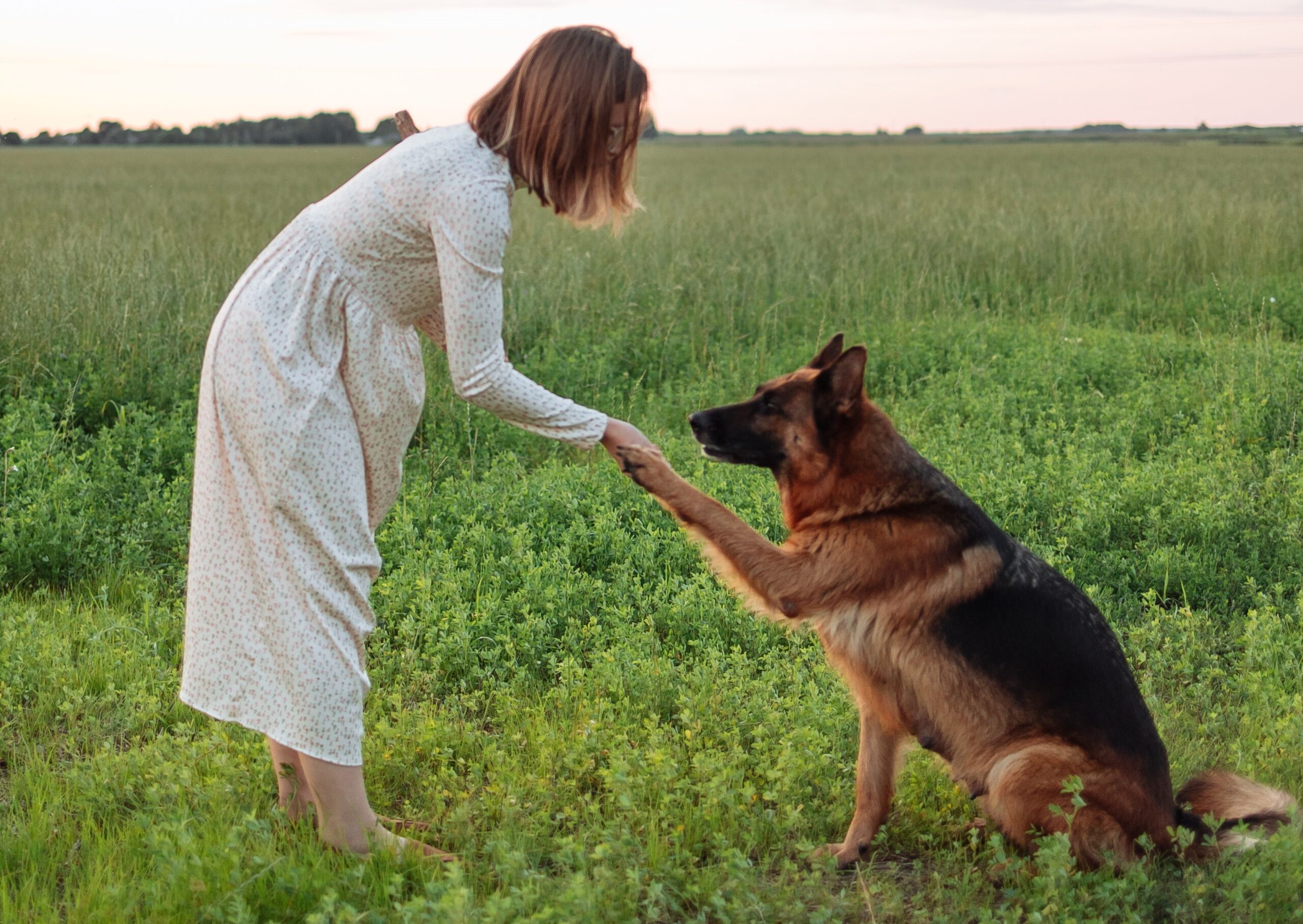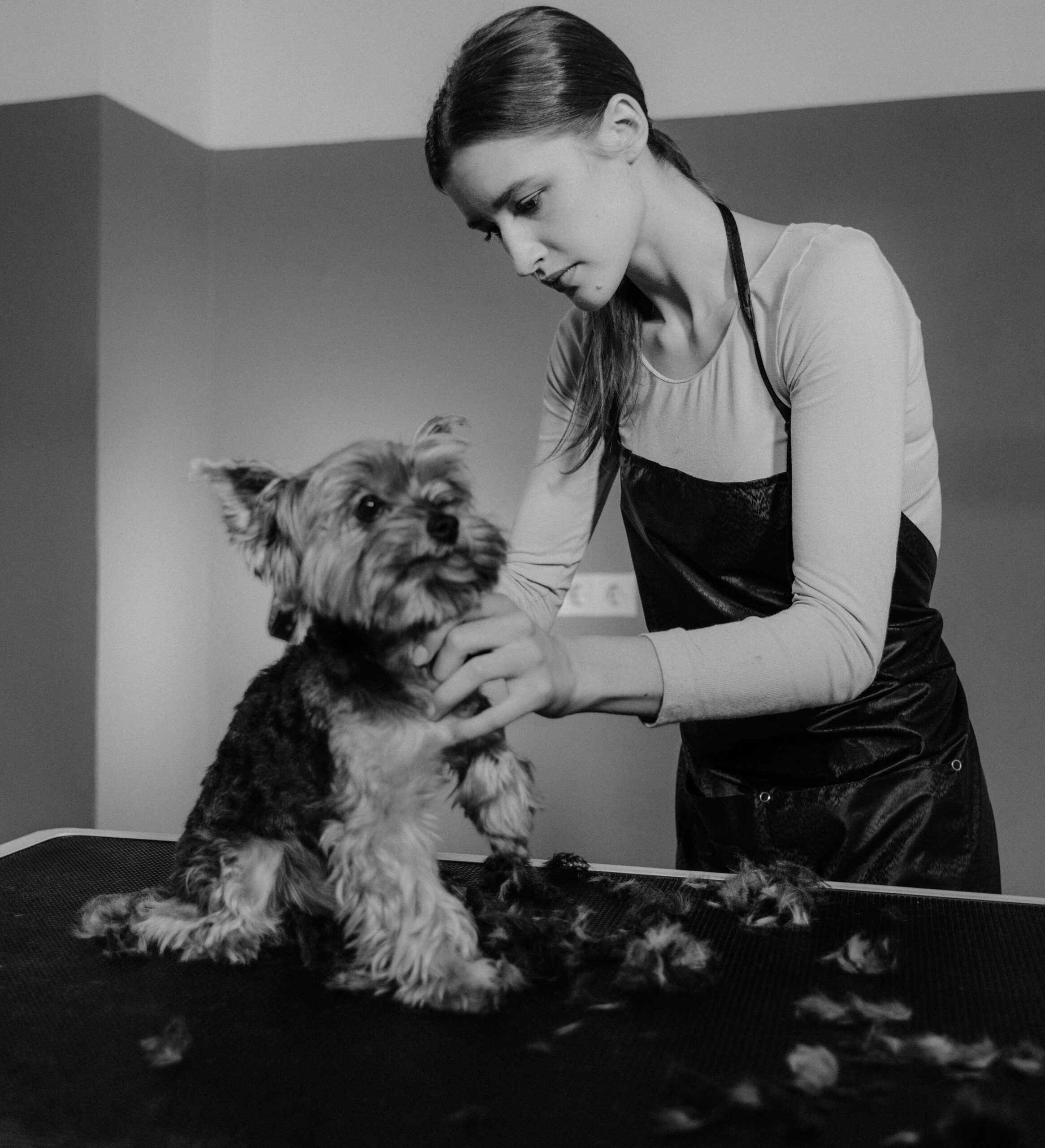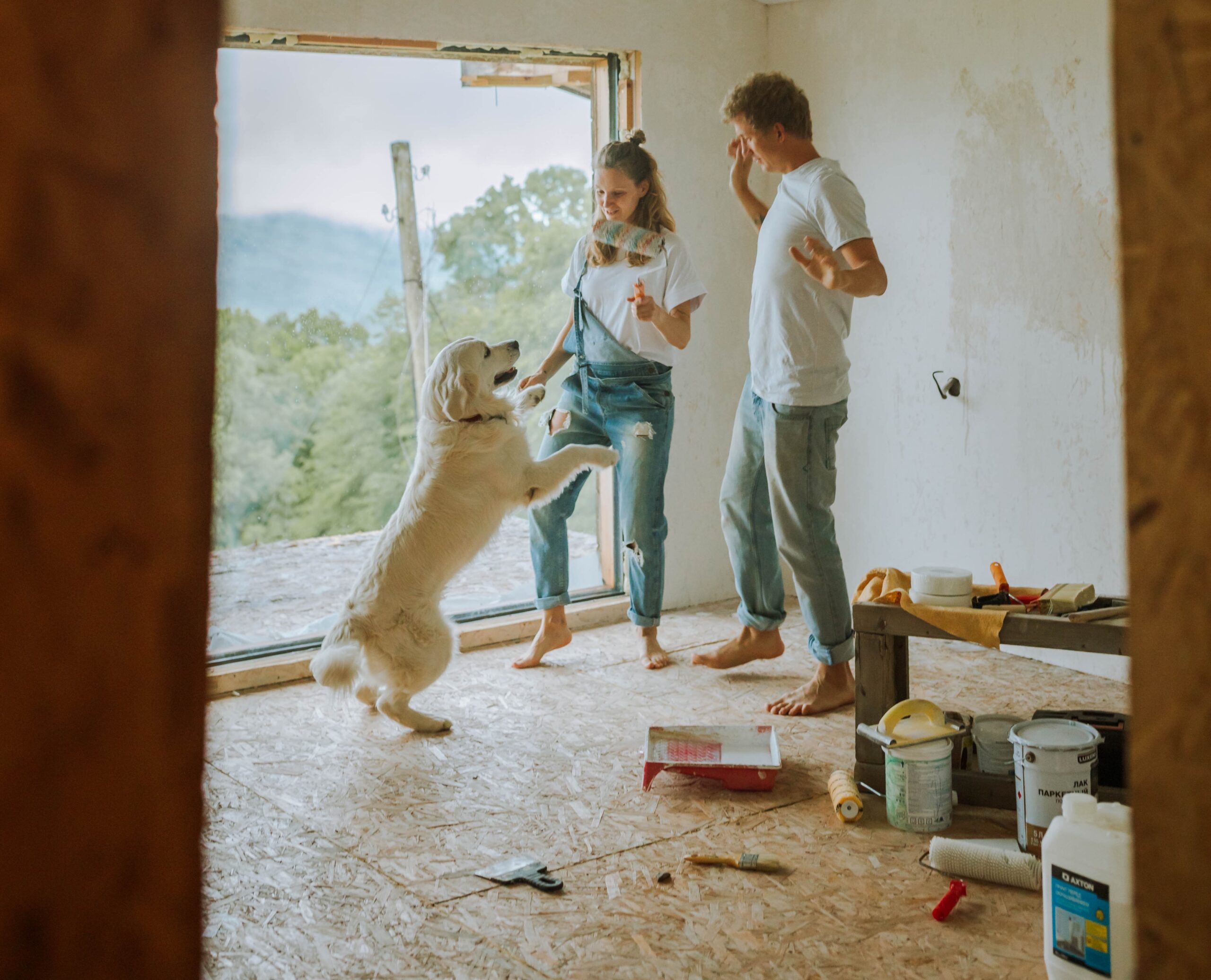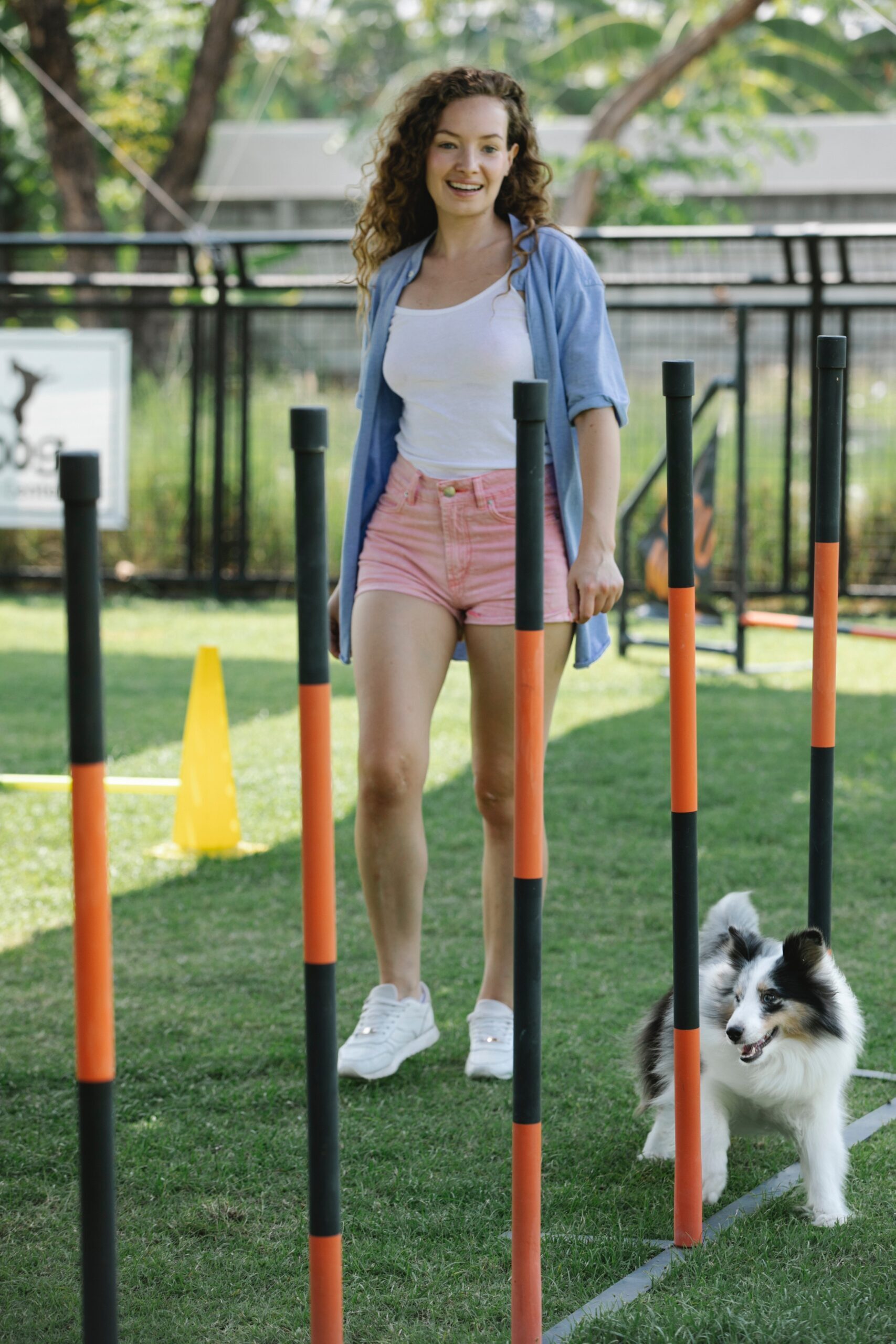
Dog Training Basic Steps: How To Train Your Dog?
Patience, consistency, and positive reinforcement are necessary while training a dog. Following these broad procedures can help you train your dog:

- Start with simple instructions:
Start by giving your dog the fundamental commands “sit,” “stay,” “lie down,” and “come.” For more complex instruction, these commands lay the groundwork. To promote desired behavior, use positive reinforcement strategies like food, compliments, and awards.
- Use positive reinforcement:
Whenever your dog exhibits the desired behavior appropriately, reward them with goodies, compliments, or affection. Dogs are encouraged to repeat behavior by receiving positive reinforcement. It will help in the training of dogs.
- Be dependable:
To prevent confusion, continuously use the same command and hand signs. Try to establish a regular training plan since dogs thrive on consistency. To ensure that your dog understands and reliably responds to them, consistently use the same command words and hand gestures. Make sure that everyone in the family follows the same strategy as well.
- Shorten training sessions:
To avoid boredom in dogs, keep training sessions short (around 10-15 minutes). Dogs have limited attention spans. To reinforce learning, aim to schedule many training sessions throughout the day.
- Break it down:
Break a new command or behavior down into manageable steps when teaching it. As your dog improves, gradually raise the level of challenge. It will easy to move on to the training session.
- Remove distractions:
Begin your training in a calm, comfortable setting free of numerous outside influences. Once your dog has mastered a command, you may practice your commands by introducing distractions progressively and continuing the dog training.
- Socialize your dog:
To help your dog become more sociable, expose it to a variety of people, animals, and settings. They get greater self-assurance and manners as a result, which is beneficial in various settings.
- Use clicker training:
Clicker training includes marking the desired behavior with a clicker and rewarding it with a reward. This method aids in teaching dogs to associate a successful outcome with the click sound.
- Don’t punish your dog:
During training sessions, avoid giving your dog severe penalties or shouting at them when they misbehave. Instead, change their course of action and reward the right ones. Positive reinforcement is more efficient and helps you and your dog form a closer relationship.
- Regular practice:
To reinforce your dog’s training, practice instructions and behaviors frequently. Training is a continuous process. For their understanding to become ingrained, consistency and repetition are essential.
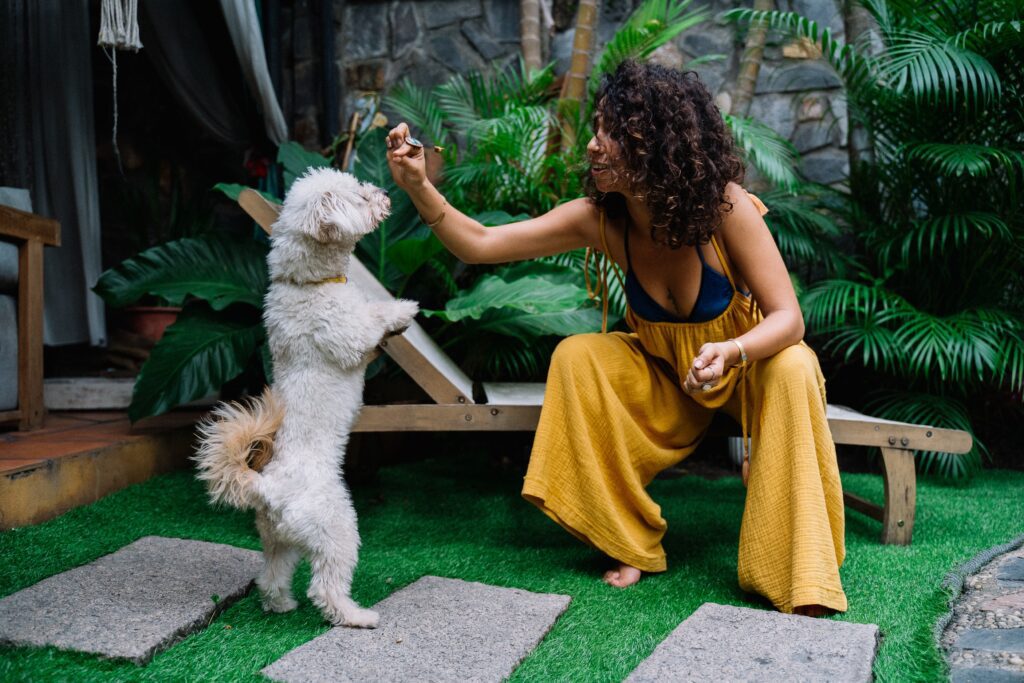
Keep in mind that each dog is different, and the training method may change based on the breed, age, and temperament of the dog. If you run into particular problems or want assistance with more complex training methods, consider seeing a professional dog trainer.
